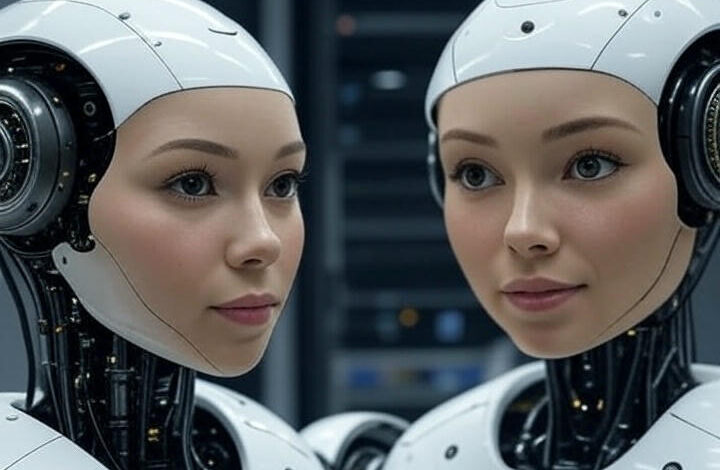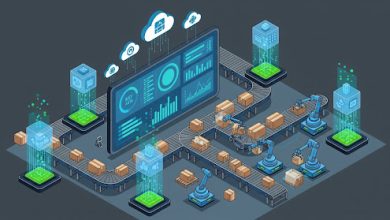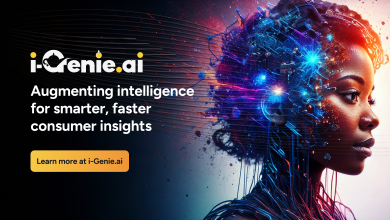
Imagine running your business with a real-time replica of your entire system, a virtual model that mirrors everything from workflows and machinery to data patterns and customer behavior. That’s the core of digital twin technology. A digital twin is not just a static model. It’s a living, evolving simulation of your physical operations. It can predict failures, simulate performance under changing conditions, and suggest improvements before mistakes happen.
In a world where downtime is expensive and customer expectations are rising, digital twins offer something businesses have always wanted: foresight. You don’t just react to problems. You prevent them. You don’t guess what will work. You test it first in a risk-free virtual space. This article explores how digital twins are changing the way businesses operate, the opportunities they unlock, and why they’re becoming central to data-informed decision-making.
How Digital Twins Are Redefining Performance Monitoring
In traditional business systems, performance reviews happen after the fact. You look at what went wrong, then try to fix it. Digital twins flip that process. They create a real-time digital reflection of your physical systems, giving you visibility into how things are working or where they’re about to break.
This has major implications for industries that rely on complex infrastructure, such as manufacturing, logistics, healthcare, and energy. When you use a digital twin, you’re not just measuring metrics. You’re watching your system think, adapt, and evolve. Engineers can simulate machine performance under stress, explore different production scenarios, or see how supply chains react to disruptions.
The strength of digital twins lies in their ability to integrate data from multiple sources, sensors, devices, and software platforms, combining it into a single interactive model. That model doesn’t just sit still. It responds in real time. You can tweak variables, simulate what-if scenarios, and analyze how those changes ripple through the system.
From Failure Prevention to Predictive Power
Most costly failures don’t happen without warning; they happen without detection. Digital twins are helping organizations catch those warnings early by using real-time data to identify unusual patterns and trends. This makes predictive maintenance a real, practical solution, not just a theory.
When businesses can predict failure before it happens, they reduce waste, improve safety, and save money on emergency repairs and lost productivity. What makes this possible is the way digital twins analyze time-series data. They learn what normal operations look like and flag anything outside that baseline. That insight is especially important in high-stakes environments like power plants, data centers, and factories, where a minor equipment issue can snowball into a major outage.
This approach is being extended beyond equipment, too. Digital twins are now used to simulate customer behavior, model software performance, and track employee engagement. Instead of relying on lagging indicators, businesses can now act on leading ones. The model doesn’t just explain the past; it offers a window into the future.
This is the power of combining operational data with simulation. Businesses move from reactive to proactive. From waiting for something to break to planning around what might.
Operational Optimization Without the Guesswork
Optimization used to mean spreadsheets, assumptions, and a lot of guesswork. Optimization with the help of digital twins is now data-supported, quick, and testable. You can run hundreds of scenarios virtually before touching a single real-world asset.
Also, companies use digital twins to optimize everything from factory floor plans and delivery routes to energy use. A single change in a digital twin may show a 15% improvement in overall output or reveal a bottleneck you never imagined existed. The value here is not all about efficiency. It’s in confidence. You have confidence that changes will work because you have already tried them.
This is a technology available not just to big business. Midsize businesses and aspiring startups are adopting digital twins to scale smarter. One such company is Sensay, which is using AI-fueled digital twins to track how information is shared across teams and make sure important knowledge doesn’t get lost when people leave or change roles.
Across industries, the theme is the same. Digital twins make optimization measurable. They take what was once guesswork and turn it into informed action.
McKinsey estimates that applied AI technologies, including digital twins, could add between $17 trillion and $26 trillion to the global economy over time. This level of impact highlights just how foundational simulation-based systems are becoming not just for operations but for global value creation.
The world is moving too fast for trial and error. In every industry, speed and accuracy are critical. Customers expect seamless service. Systems need to be resilient, and leadership needs to make decisions with clarity.
Digital twins give companies that edge. They offer a space to test, learn, and improve without breaking anything. They’re not just for factories or smart cities anymore. They’re for any business that wants to see around corners, reduce risk, and operate smarter.
The future doesn’t have to be unpredictable. With digital twins, it becomes something you can simulate, shape, and control before it happens.




